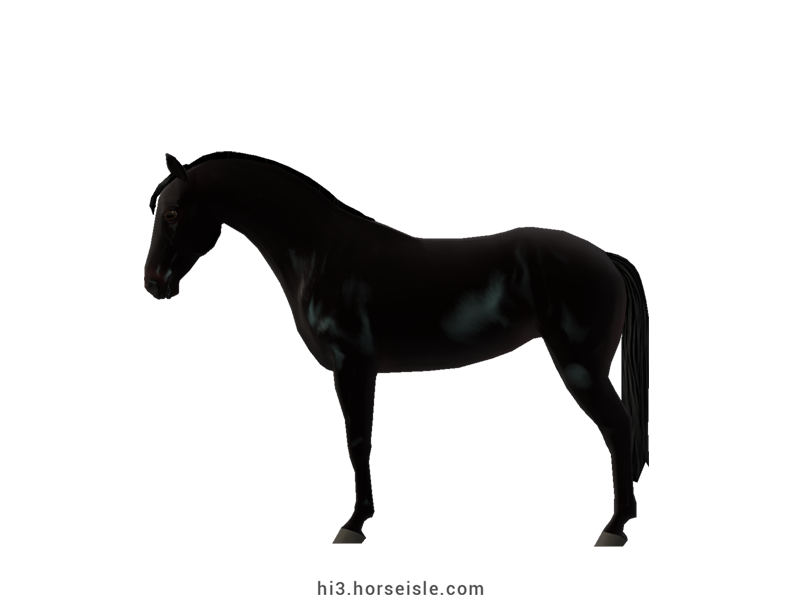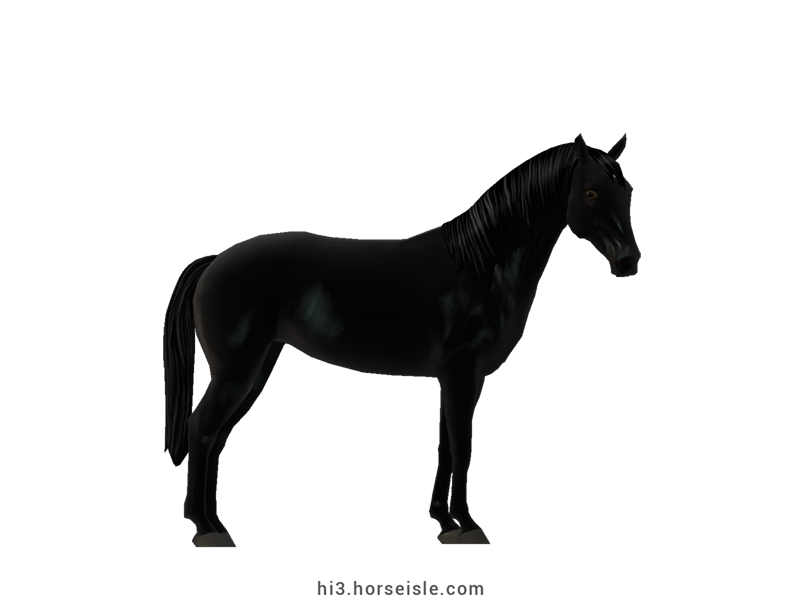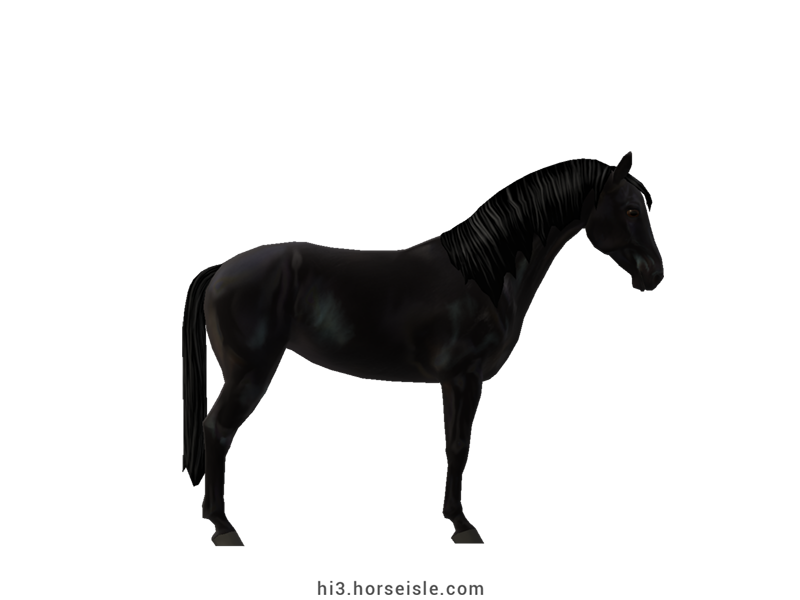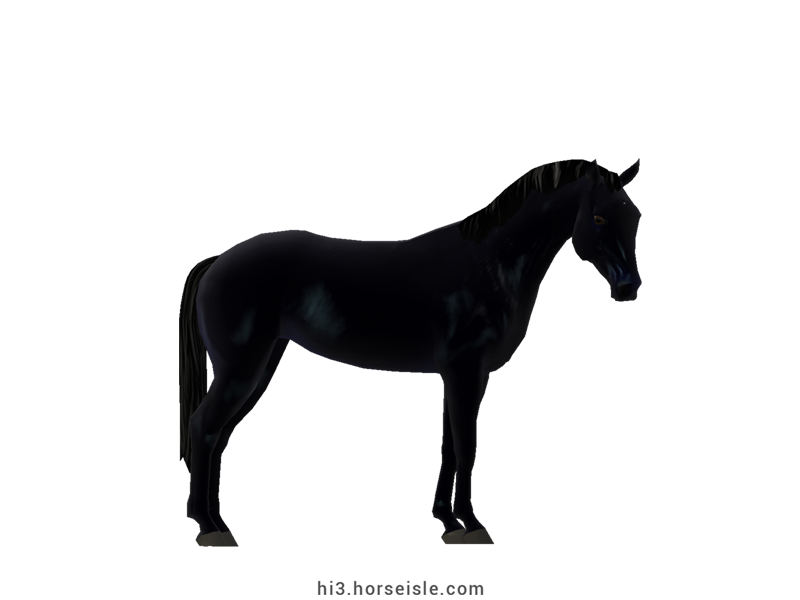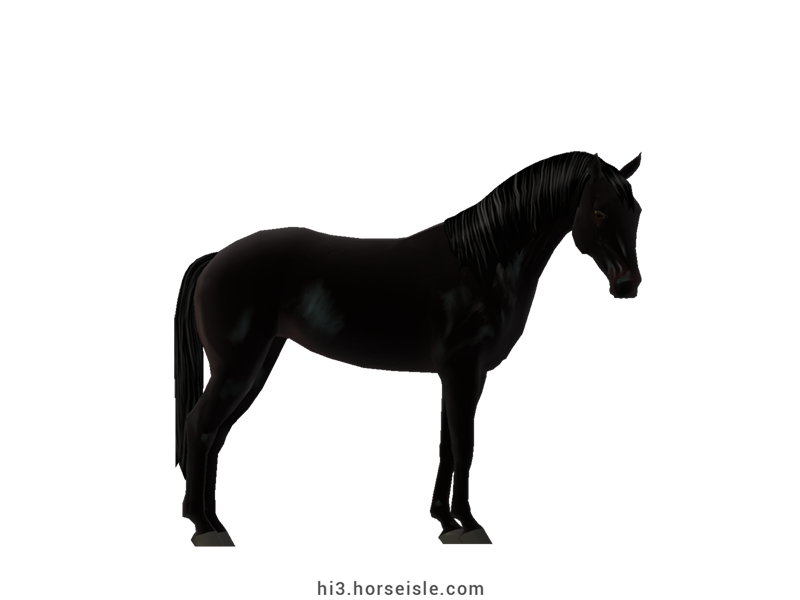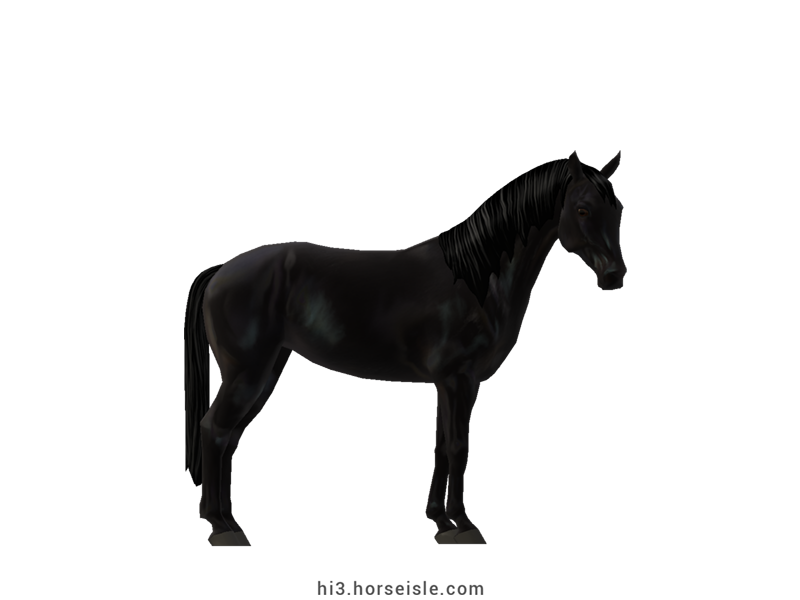Our Massive Real World Equine Reference!
[ INDEX ] Equine Type: Horse Breed: Orlov-Rostopchin (O-R) [ PREV ] [ NEXT ]
The Orlov:
Today, 'Orlov' refers to the 'Orlov Trotter', a Russian horse breed that excels in trotting. In the 19th century, however, it also referred to Count Alexei Grigoryevish Orlov, the Russian horse breeder who created the Orlov Trotter and the now-extinct Orlov Saddle Horse in Khrenov Stud.
The Orlov Saddle Horse was famous for being a fine dressage horse with an elegant build. But make no mistake, it was a hardy horse, able to live outdoors and cope with the freezing Russian climate.
The Rostopchin:
Another saddle horse that existed in Russia in the 19th century was the Rostopchin horse. It was created at the beginning of the 18th century by Count Fyodor Vasilyevich Rostopchin, out of Arabian stallions that were crossed with mares of native Russian breeds.
The Rostopchin was bred for being a speedy animal, but was as hardy as the Orlov horse when it comes to coping with the Russian climate.
The original Orlov-Rostopchin:
In 1842, well after Orlov and Rostophin passed away, the Russian government bought their stud farms and took over the breeding of the horses there. Starting from 1845, Orlov stallions were crossed with Rostophin mares to create a new breed: the Orlov-Rostopchin.
Forty years later, Orlov-Rostopchin horses were already known as fabulous cavalry mounts. They were large yet agile, light yet hardy enough to cope with the Russian climate. This was primarily because, similar to their Orlov ancestors, Orlov-Rostopchins were kept outdoors all year long.
From Orlov-Rostophin to the Russian Saddle Horse:
The Orlov-Rostopchin suffered great losses during World War I. Although it still existed in the 1920s, and was even renamed Russian Saddle Horse, the lack of directed breeding efforts led to further reduction in the number of remaining horses and the breed was nearly wiped out.
During the 1930s, a renowned Russian horse breeder named Semyon Mikhailovich Budyonny decided to save the breed. He crossbred the remaining Russian Saddle Horse stock with different breeds in order to avoid excessive inbreeding, but aimed at ensuring it has the hardiness of their ancestors while being light and athletic, as well as having a black coat.
The extinction of the original Russian Saddle Horse:
World War II inflicted the final blow to the Russian Saddle Horse, destroying the entire stock save for two stallions and one mare. The only way to save their bloodlines without destroying the breed with excessive inbreeding was by crossing them with other breeds, namely Arabians, Thoroughbreds, Akhal-Tekes, Trakehners, and Hungarian breeds.
This led to the extinction of the original Russian Saddle Horse, but also led to the creation of a new breed: the Ukrainian Saddle Horse (see 'Ukrainian Saddle Horse').
The modern Orlov-Rostopchin:
The 1970s saw new interest in the reestablishment of the Orlov-Rostopchin. Foundation stock was Ukrainian Saddle Horses of the Bespechny line which had the blood of the original Russian Saddle Horse flowing in its veins. These were crossed with Russian-bred Trakehners, Thoroughbreds, Akhal-Tekes, and additional Russian breeds as well as with Orlov Trotters to introduce authentic Orlov blood.
Horses were selected for their conformation, which had to be athletic, and for their coat, which had to be black. The breed was named Orlov-Rostopchin after the original breed which it was bred to mimic.
Today, Orlov-Rostopchins (O-Rs) are bred in Russia and the USA, and are used for Olympic disciplines.
Breeding:
In order to be eligible for registration, Orlov-Rostopchins must have at least 25% blood of Russian breeds, either from native Russian breeds or from breeds that carry such blood, hence the parentage requirements in Horse Isle.
Although Thoroughbred, Arabian, and Trakehner are accepted by the real registry if they come from Russian studs, in Horse Isle we can't enforce this, and therefore these breeds are not included as a credible source for Russian blood.
Conformation:
Orlov-Rostopchins have a light head which is wide at the front, with a concave or straight profile, large eyes and nostrils, and medium ears. The neck is highly arched, long, and is muscled yet slender, connecting to prominent withers. The back is straight and of medium length. The legs are long and slender, with medium-sized hooves. The barrel is also slender.
The mane and tail are fine, with the mane short or medium in length.
Performance metrics:
The following are the: range, average, (SD), and MOE of performance metrics of ordered Orlov-Rostopchins in Horse Isle (not bred ones). In rare cases,
Speed: 16.1-17.4, 16.9 (0.3), 0.06.
Sprint: 50-62, 56 (3), 0.55.
Accel: 0.82-1.03, 0.92 (0.05), 0.01.
Decel: 0.91-1.04, 0.97 (0.03), 0.01.
Jump: 5.18-5.45, 5.31 (0.06), 0.01.
Pull: 2.02-2.71, 2.34 (0.15), 0.03.
Turning: 48.67-62.51, 54.08 (2.91), 0.57.
Reverse: 2.4-3.1, 2.8 (0.1), 0.03.
Stamina: 49.26-53.75, 51.31 (1.03), 0.2.
Reaction: 0.78-0.87, 0.83 (0.02), 0.00.
Coats & Height:
Colors: black is the absolute ideal, but seal-browns are also accepted for breeding and are therefore found in Horse Isle as well.
* Although "dark-bay" (brown) is also accepted if it is nearly black, it doesn't exist in Horse Isle to prevent the cropping of light-brown horses.
Additionals: sooty. The coat is always solid and lacks white markings except for the occasional small, white star.
Metallic: in Horse Isle, O-Rs can have a slight metallic sheen, but will be penalized for excessive metallicity.
Height: 15hh to 17hh.
[ INDEX ] [ PREV ] [ NEXT ]

